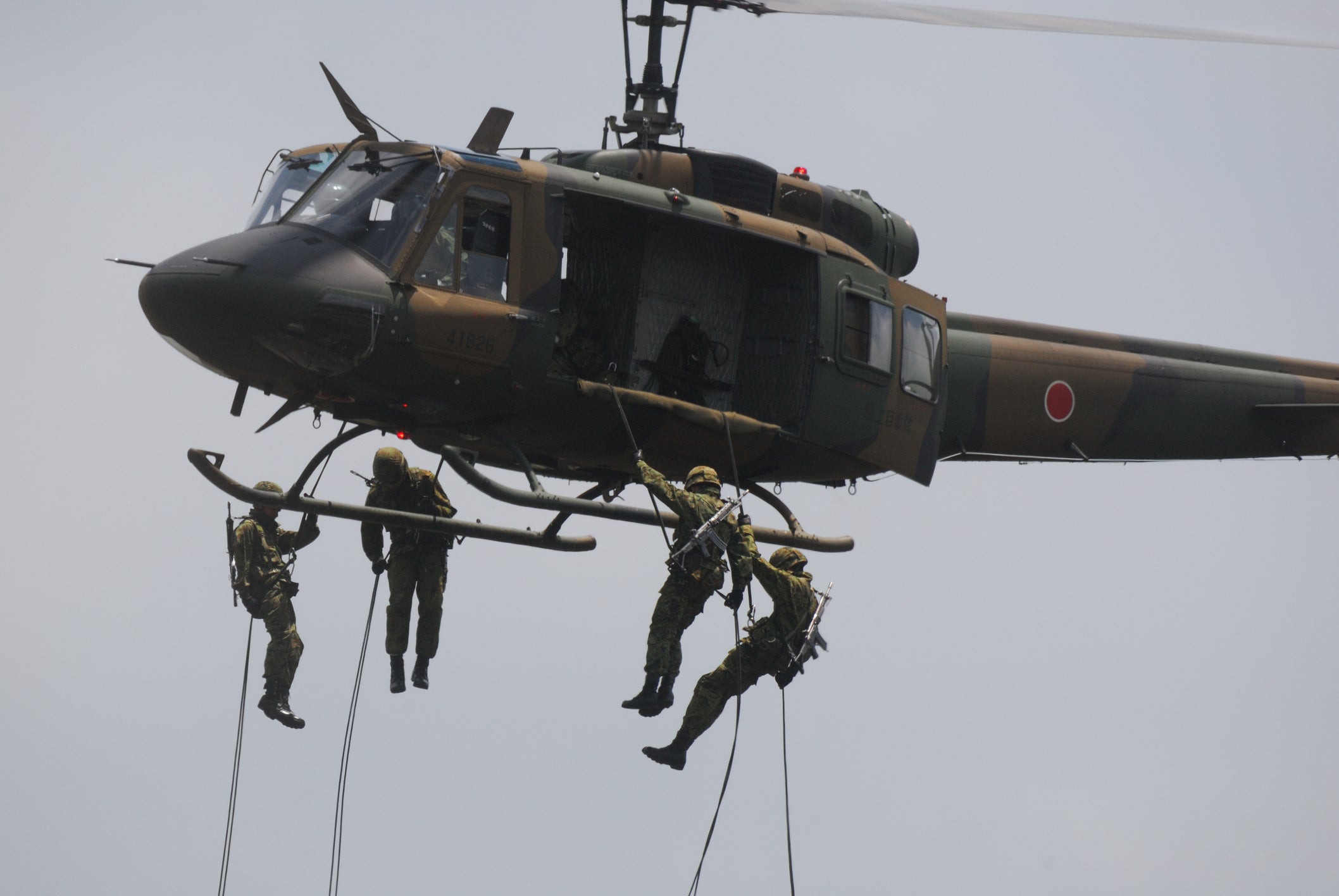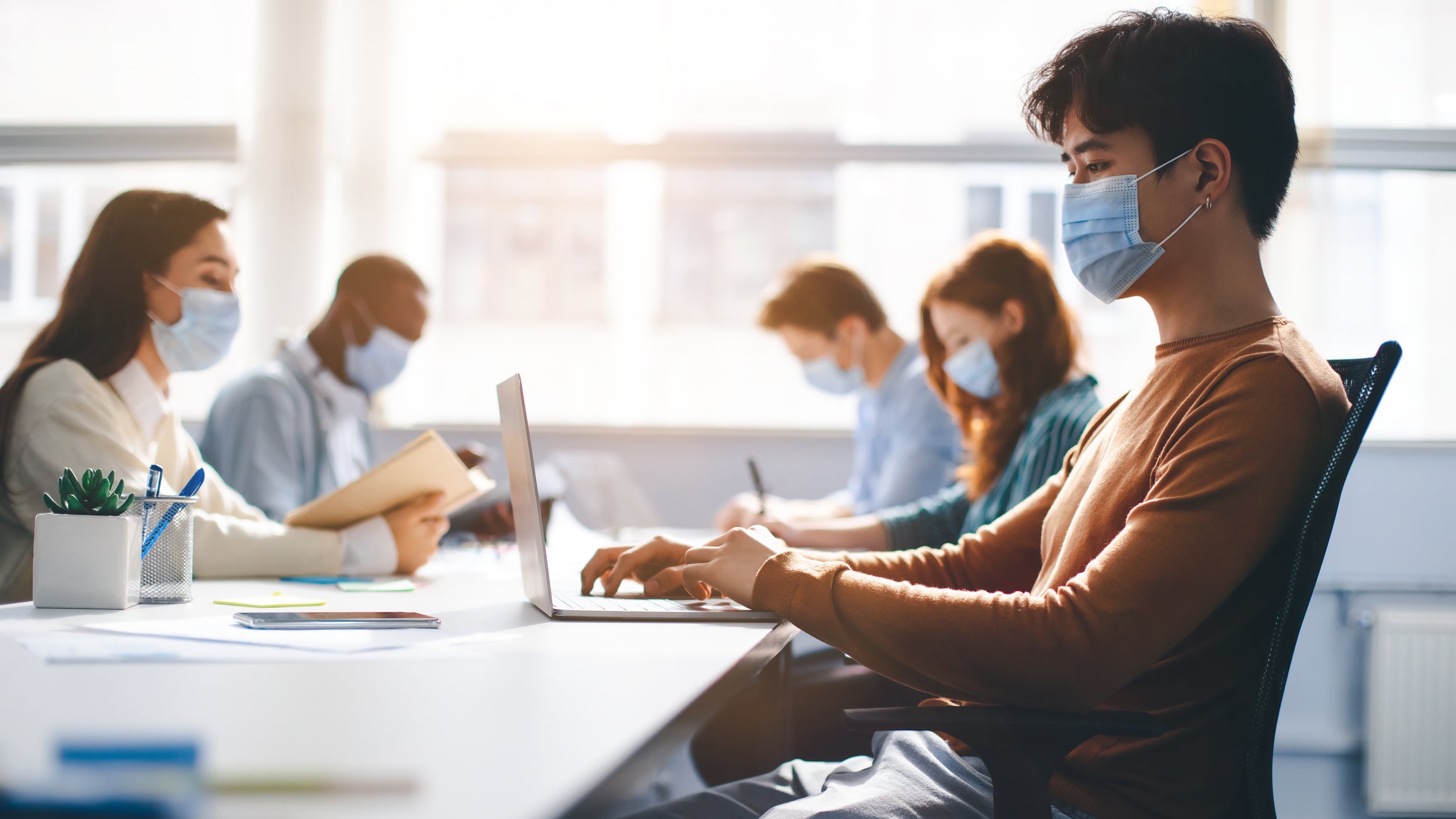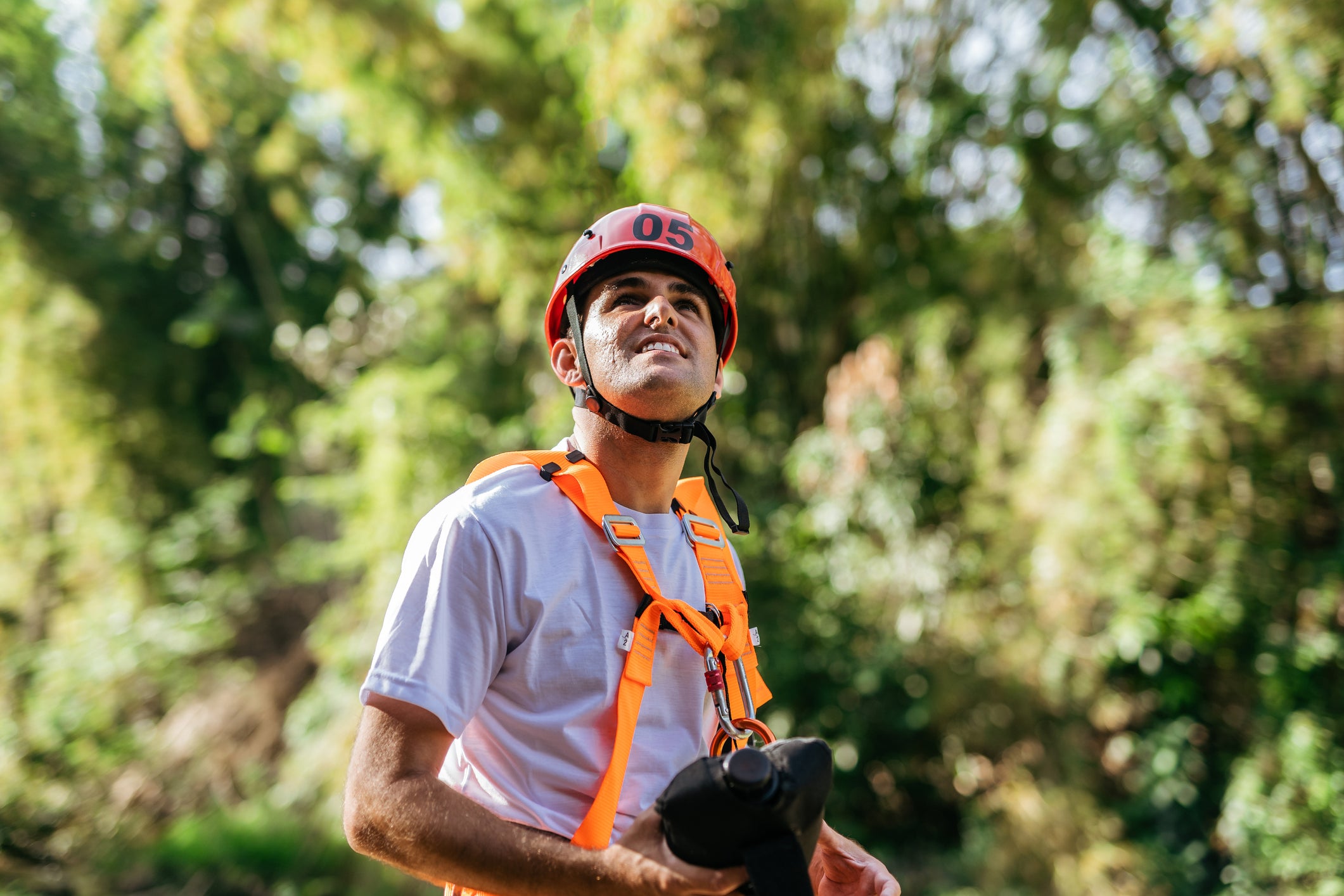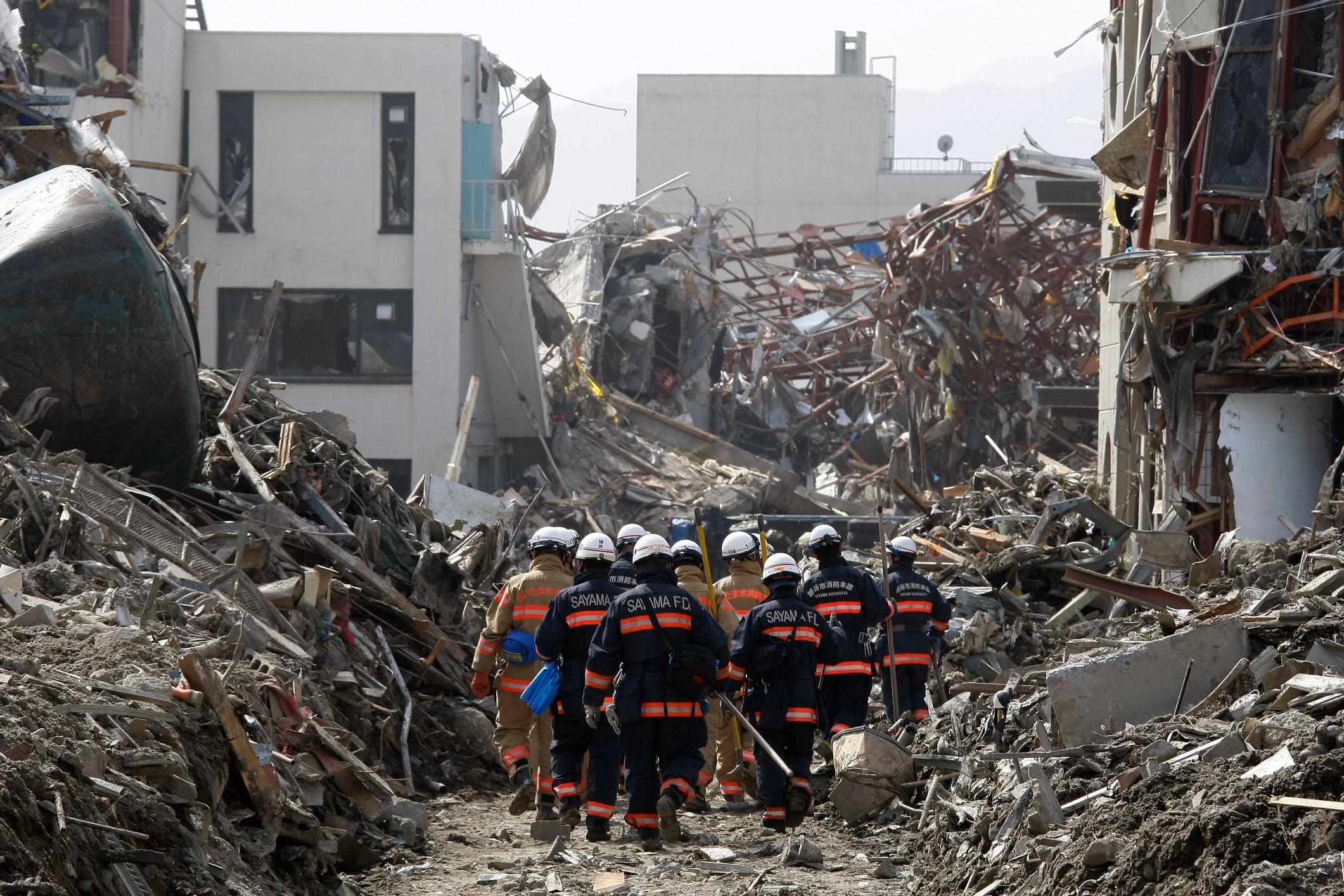What is disaster prevention equipment for cars? Preparations and precautions to help during disasters
table of contents
Introduction
1.What is disaster prevention equipment for cars?
2. Points to note for safe use of cars during disasters
summary
Introduction
Japan is a country prone to natural disasters such as earthquakes and typhoons. When a disaster occurs, cars play an important role as a means of transportation and evacuation site. However, cars also need to be prepared for disasters. What kind of disaster prevention equipment does a car have? Also, what precautions should be taken to use a car safely during a disaster?
1.What is disaster prevention equipment for cars?
Automobile disaster prevention equipment is necessary for using a car as an evacuation site or a means of transportation in the event of a disaster. Specifically, these include:
1-1 Disaster prevention goods
Disaster prevention goods are things needed to survive during a disaster, such as food, drinking water, medical supplies, sanitary supplies, and information gathering supplies. It is advisable to keep emergency supplies not only at home but also in your car. This is because you may not be able to get your belongings out of your home because your home has collapsed or the road has been cut off. It is also useful when evacuating by car or when you are stranded. Store emergency supplies in sturdy containers. This is to prevent the container from breaking and causing the contents to be scattered or contaminated. Also, don't forget to check the expiry date and storage date, and replace them regularly.
An example of disaster prevention goods
Food: Emergency food that can be stored for a long time, canned food, etc.
Drinking water: plastic bottles, water bottles, etc.
Medical supplies: household medicines, first aid kits, etc.
Hygiene supplies: masks, tissues, portable toilets, etc.
Information gathering supplies: radios, smartphone chargers, etc.
Cold weather supplies: Blankets, survival blankets, etc.
Others: memo pads, writing utensils, duct tape, etc.
1-2 fuel
Fuel is the gasoline, diesel oil, etc. needed to run a car. It is advisable to always keep the fuel tank full. This is because during disasters, gas stations may be closed or there may be long lines, making it impossible to refuel. Fuel is also required to run a car's engine, use air conditioning, and use the radio. Fuel is restricted in cars by laws such as the Fire Service Act and the Road Transport Vehicle Act. For example, you can only bring gasoline in containers no larger than 20 liters , and no more than 60 liters in total. Additionally, since fuel is highly volatile and flammable, it is important to store it in a safe place and avoid direct sunlight and high temperatures.
1-3 In-vehicle tools
In-vehicle tools are tools necessary for maintaining and repairing automobiles. In-vehicle tools are necessary to deal with problems such as car breakdowns and flat tires. It is also useful for rescue efforts for yourself and others in the event of a disaster. For example, tools such as jacks and wrenches can be used to lift and remove collapsed houses and debris. Store in-vehicle tools in the trunk of your car or under the passenger seat. It is also important to check the usage instructions and precautions beforehand.
Below are some examples of in-vehicle tools that you should have at a minimum.
Jack: For changing tires and lifting debris
Wrench: For tightening and removing nuts and bolts
Driver: For tightening and removing screws
Pliers: For grasping and cutting metal products
Emergency escape hammer: For breaking windows and cutting seatbelts.
1-4 Vehicle insurance
Vehicle insurance is insurance that compensates for damage caused by automobile accidents and disasters. Automobiles can be seriously damaged during disasters. For example, buildings may be crushed by collapsed buildings or falling objects during an earthquake, or washed away or submerged in water during a tsunami. Also, during typhoons, items may be blown away by strong winds or flooded. Insurance that compensates for damage to automobiles is included in "automobile insurance," which is a type of voluntary insurance. Automobile insurance consists of three coverage items: ``Personal injury,'' ``Objective injury,'' and ``Personal injury.'' Among them, "vehicle insurance" is included in the "objective" compensation item. However, "objective" coverage is optional, "vehicle insurance" is also optional, and "vehicle insurance" is also optional. In other words, even if you have car insurance, if you do not have vehicle insurance, damage to your car will not be covered. Also, even if you have car insurance, it does not cover all damages caused by disasters. For example, damage caused by earthquakes and tsunamis will not be covered unless a special clause is added. To prevent damage to your car, it is recommended to use a parking lot or garage that is resistant to disasters. However, if this is not possible, you can reduce the risk even a little by purchasing vehicle insurance. The type and content of car insurance vary depending on the insurance company and plan, so it is important to choose the one that suits your needs.
2. Points to note for safe use of cars during disasters
Even if your car is equipped with disaster prevention equipment, there are some precautions to be taken in order to use your car safely in the event of a disaster.
2-1 Follow evacuation orders and traffic regulations
In the event of a disaster, information such as evacuation orders and traffic regulations is sent out by public institutions such as the government and local governments. This information is necessary to ensure your safety and the safety of others. If you are evacuating by car, it is important to follow evacuation orders and traffic regulations. If you try to force yourself to move by car, you may cause accidents, traffic jams, or impede rescue efforts. Information on evacuation orders and traffic regulations can be received via radio or smartphone. Also, refer to signboards and traffic lights installed on the road. When moving in accordance with evacuation orders and traffic regulations, remain calm and carefully observe your surroundings.
2-2 Check evacuation sites and routes in advance
In the event of a disaster, you may need to evacuate to a location far from your home. If you are traveling by car, it is advisable to check the evacuation site and route in advance. This is because navigation systems may not be usable during disasters due to changes in road conditions or poor communication environments. Also, by checking evacuation sites and routes in advance, you can move smoothly without getting lost. You can check evacuation sites and routes on disaster prevention maps and hazard maps for your area. It is also important to consult with your family and friends in advance. Once you have confirmed your evacuation location and route, record it on a map or in a memo.
2-3 Check the remaining fuel and battery level
In the event of a disaster, it is important to check the remaining fuel and battery level of your vehicle. If you run out of fuel or batteries, your car may become inoperable or your heating, cooling, radio, etc. may no longer work. Also, in the event of a disaster, you may not be able to refuel or charge your vehicle, so it is advisable to always have plenty of time. You can check the remaining amount of fuel and battery on your car's meter or warning light. It is also important to understand things like fuel consumption and battery life. If your fuel or battery is low, replenish it as soon as possible.
2-4 Post contact information and SOS signs in case of emergency
In the event of a disaster, you may become stranded in your car or require rescue. At that time, it is important to let those around you know about your situation. One way to let others know about your situation is to post your contact information and SOS signs. Contact information is information such as your name, address, and phone number. Write your contact information on paper or cloth, and paste it on the window or bonnet of your car. By posting your contact information, you can notify rescue teams and other drivers of your presence and how to contact them. An SOS sign is a signal calling for help. The SOS sign is expressed in Morse code “ …—… ”. SOS signs can be sent using lights, horns, etc. By sending out an SOS signal, you can notify rescue teams and other drivers of your critical situation.
2-5 Cooperate with others
During a disaster, not only you but others may also be in trouble. In doing so, it is important to cooperate with others rather than acting on your own. By cooperating with others, you can exchange information, distribute supplies, etc. It also provides psychological support. Some ways to collaborate with others include:
① Communicate with nearby residents and drivers
By communicating with nearby residents and drivers, you can inform them of your situation and safety. You can also share disaster information, supply information, etc. You can use smartphones and radios to keep in touch with nearby residents and drivers. However, please be careful as the communication environment may be poor.
② Participate in an evacuation center or volunteer center
By joining a shelter or volunteer center, you can live in a safe place. You can also pick up supplies like food and water. You can choose to participate in a shelter or volunteer center by driving or walking. However, if you are traveling by car, you will need to secure a parking lot and check traffic regulations.
③ Cooperate with disaster support and rescue activities
By cooperating with disaster relief and rescue operations, you can protect not only your own life but also the lives and property of others. You can also make use of your own abilities and knowledge. You can help with disaster relief and rescue efforts by providing a vehicle, transporting supplies, or being on the scene. However, it is necessary to ensure your own safety and physical condition before doing so.
summary
Automobiles play an important role during disasters, but it is necessary to equip them with disaster prevention equipment. Disaster prevention equipment includes disaster prevention goods, fuel, in-vehicle tools, and vehicle insurance. In addition, in order to use a car safely in the event of a disaster, it is necessary to follow evacuation orders and traffic regulations, check the evacuation site and route in advance, check the remaining fuel and battery level, and contact in case of an emergency. It is important to post SOS signs and cooperate with others.
Cars can potentially save our lives in times of disaster. However, this is only possible if we prepare for cars. You never know when a disaster will occur. We can prepare for disasters by always keeping our cars equipped with disaster prevention equipment. Automobile disaster prevention equipment is important because it protects our lives. Please feel free to use it as a reference.








